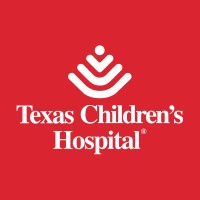
Texas Children's Hospital
Texas Children’s Hospital is a world-class pediatric facility, nationally recognized as a top children’s hospital, and voted one of the best places to work in Houston for nine years running. We’re committed to creating a healthy community for children by providing the best pediatric care possible, through groundbreaking research and emphasis on education. We also offer a full continuum of family-centered care for women, from obstetrics to well-woman care. As a team member at Texas Children’s Hospital, you’ll work in an environment that values your voice. Texas Children's Hospital, headquartered in Houston, Texas, is recognized as one of America's best children's hospitals.






